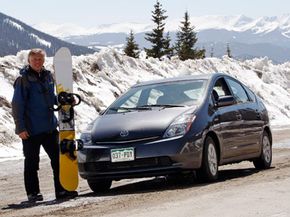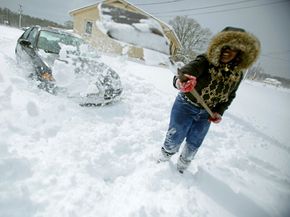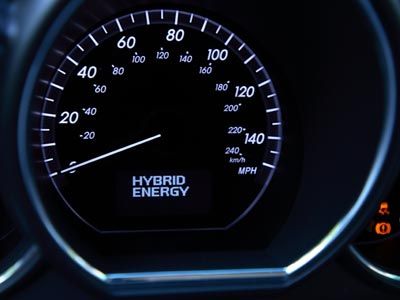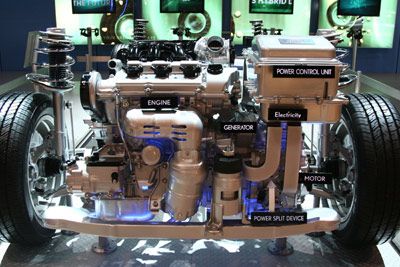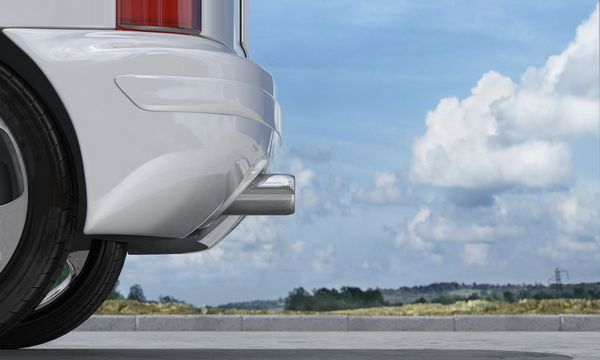Even though gas prices aren't as high as they were during the summer of 2008, there continues to be a lot of interest in green driving. As you probably know, fuel-efficient vehicles still sell, and car companies are continuously working on new technologies so that drivers can do a little eco-friendly driving.
Right now, the most common type of extra fuel-efficient vehicles on the road are gas-electric hybrids. Hybrid cars use electric motors to supplement gasoline engines in order to achieve maximum fuel efficiency. But that's not the only way hybrids help you drive green.
Advertisement
Most hybrids are engineered from tip to tailpipe for the best fuel efficiency possible. Hybrids use aerodynamic shapes to minimize wind resistance, they use special tires to minimize rolling resistance and they even make use of specialized cabin electronics to minimize the extra load the engine has to bear.
But, with all of these specialized systems carefully calibrated to wring every possible mile out of a gallon of gas, what happens when one part of the system changes? We're not talking about part of the car malfunctioning. A hybrid car is specifically engineered to work at maximum efficiency in a certain environment -- but what if the environment changes? Can a hybrid still perform?
That's what we're here to explore. Specifically, we're going to find out if hybrids perform well in cold weather. Anyone who has had an old clunker knows how cold weather can wreak havoc on your car. Cold weather makes a car tough to start -- that is, if it starts at all. But today's hybrids are a lot different than that old car sitting in your driveway. So, let's see how hybrids work when the mercury starts to drop.
Advertisement
